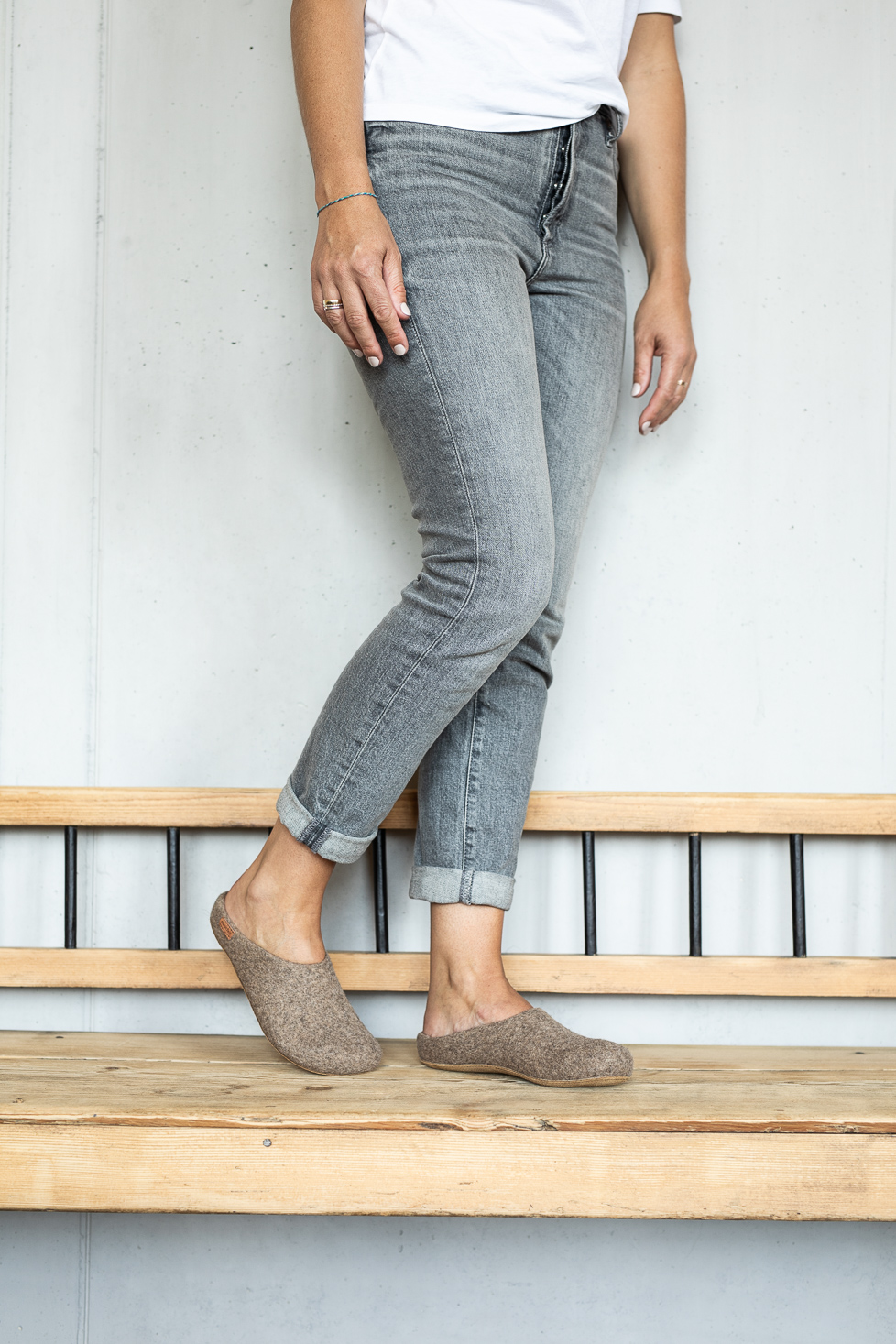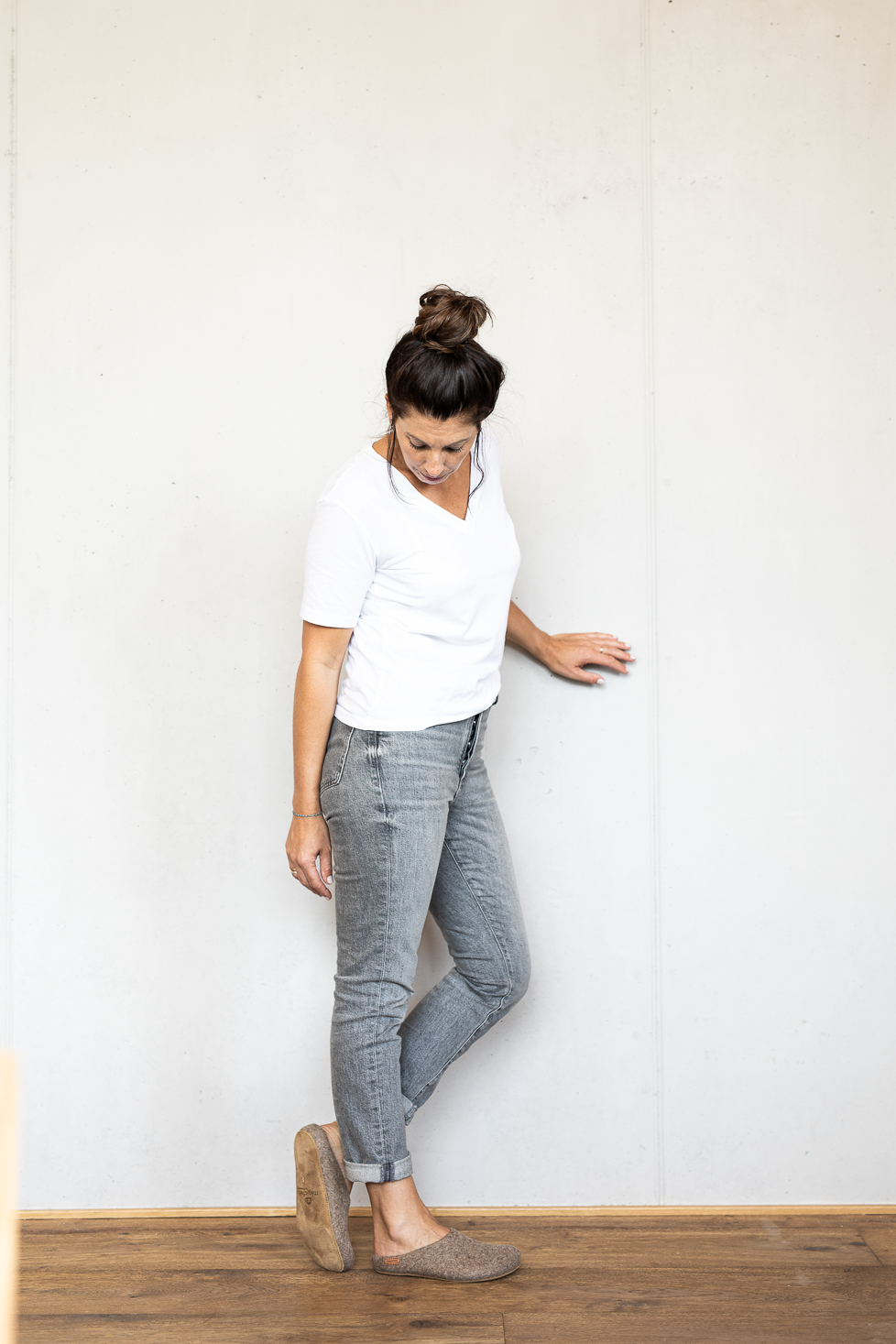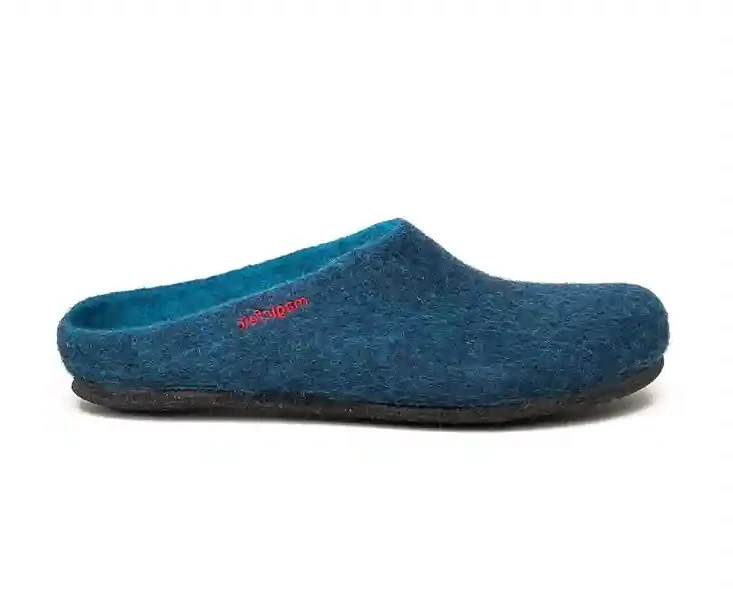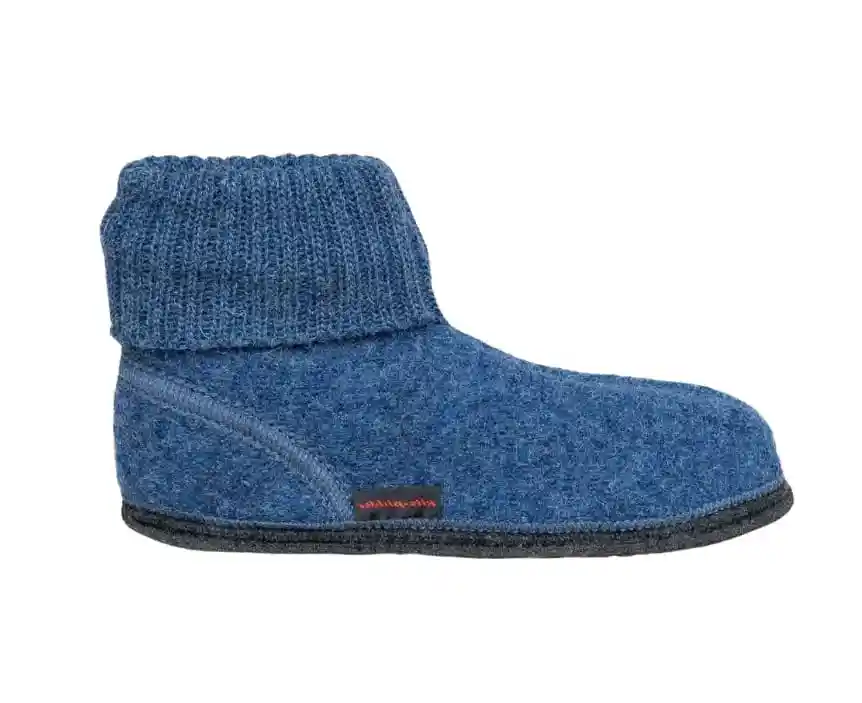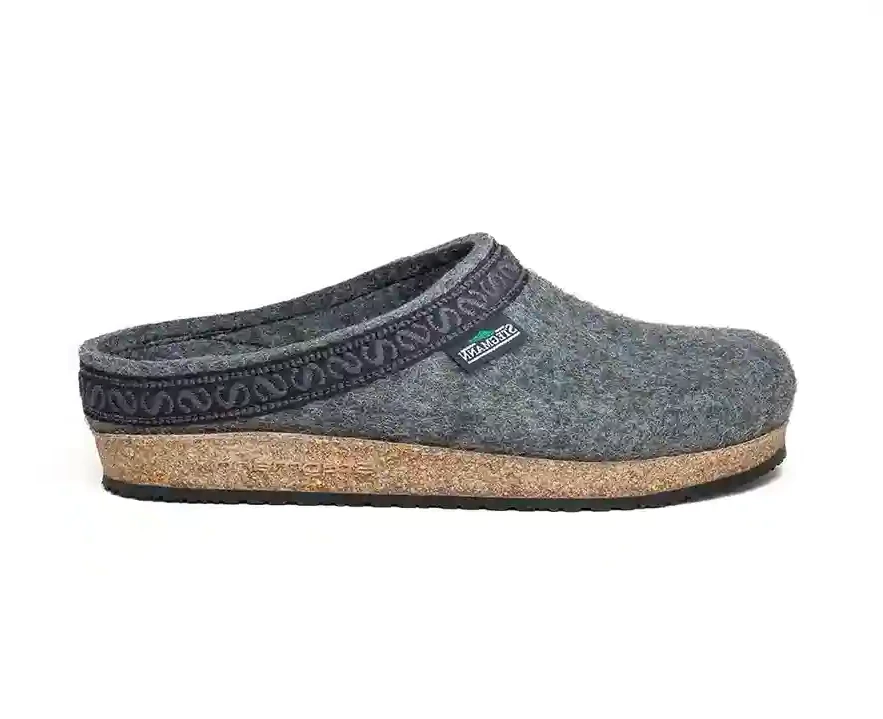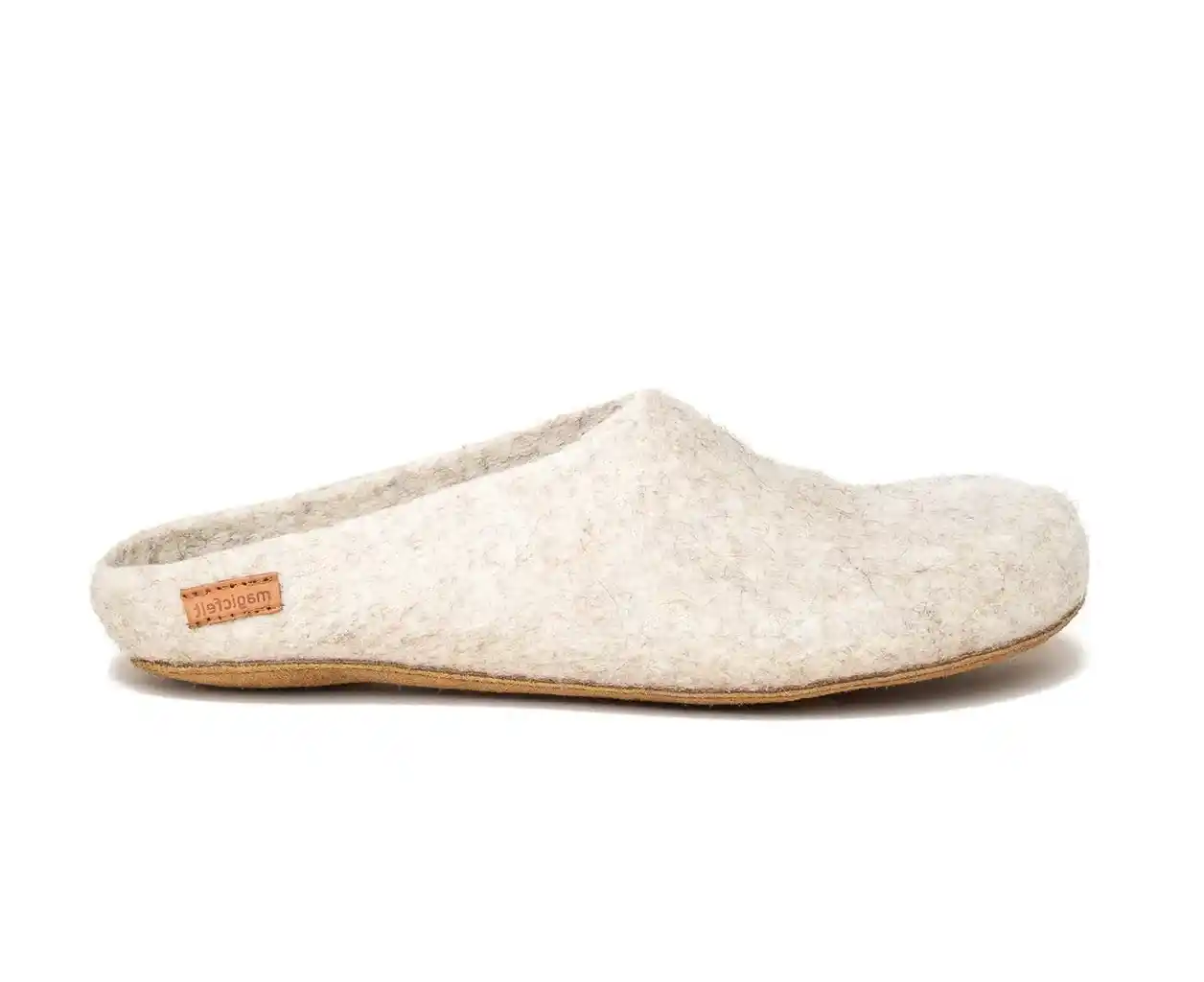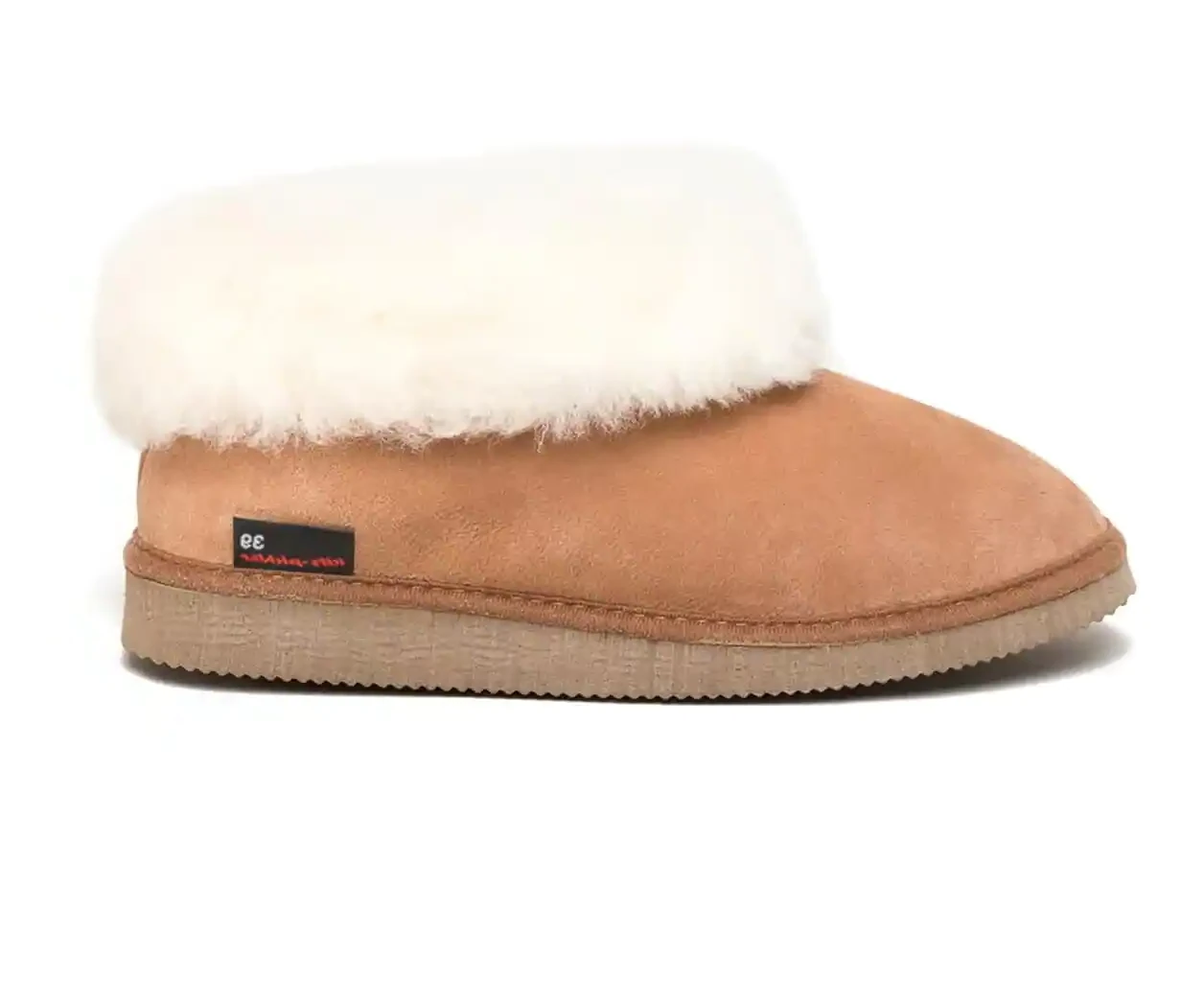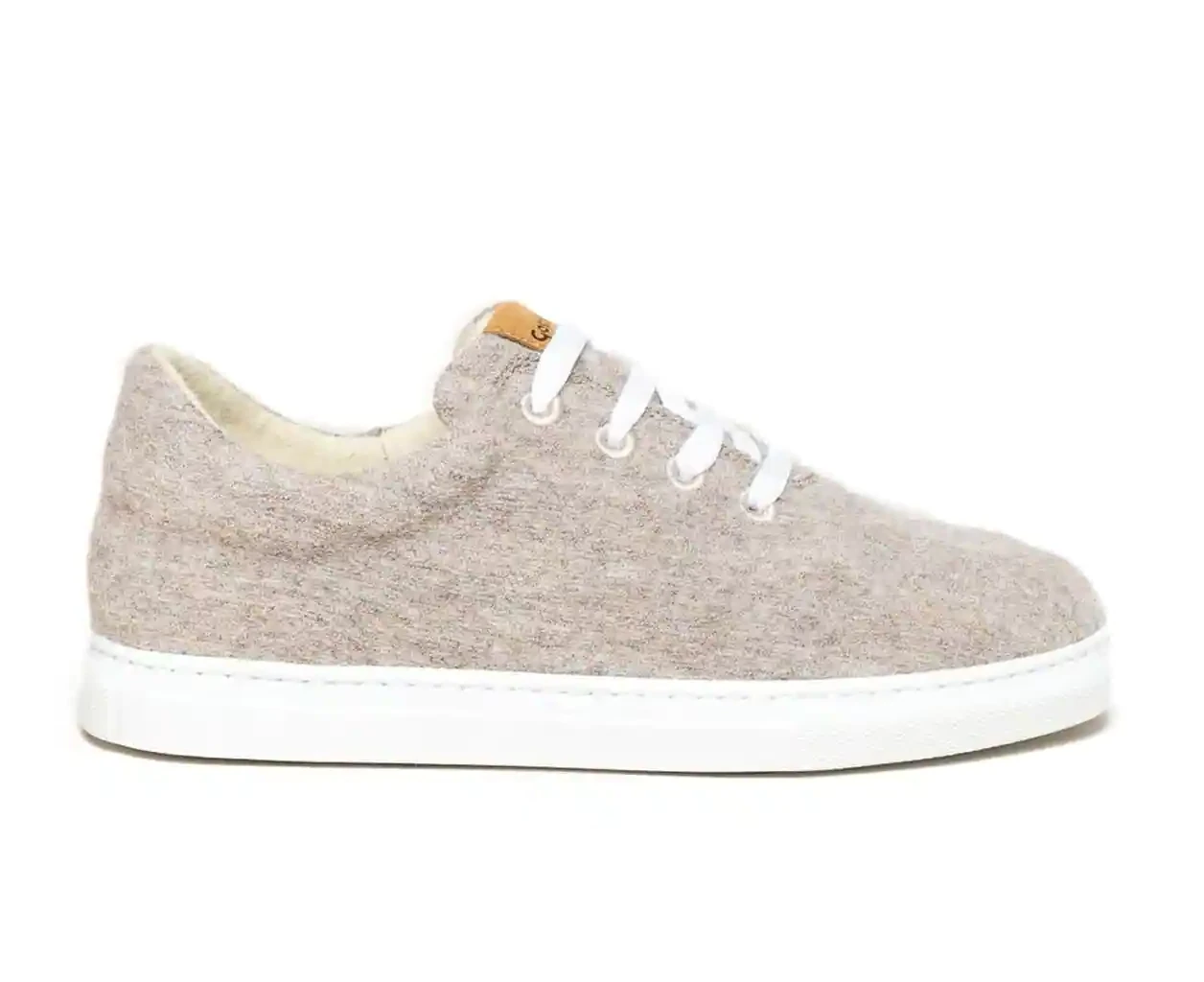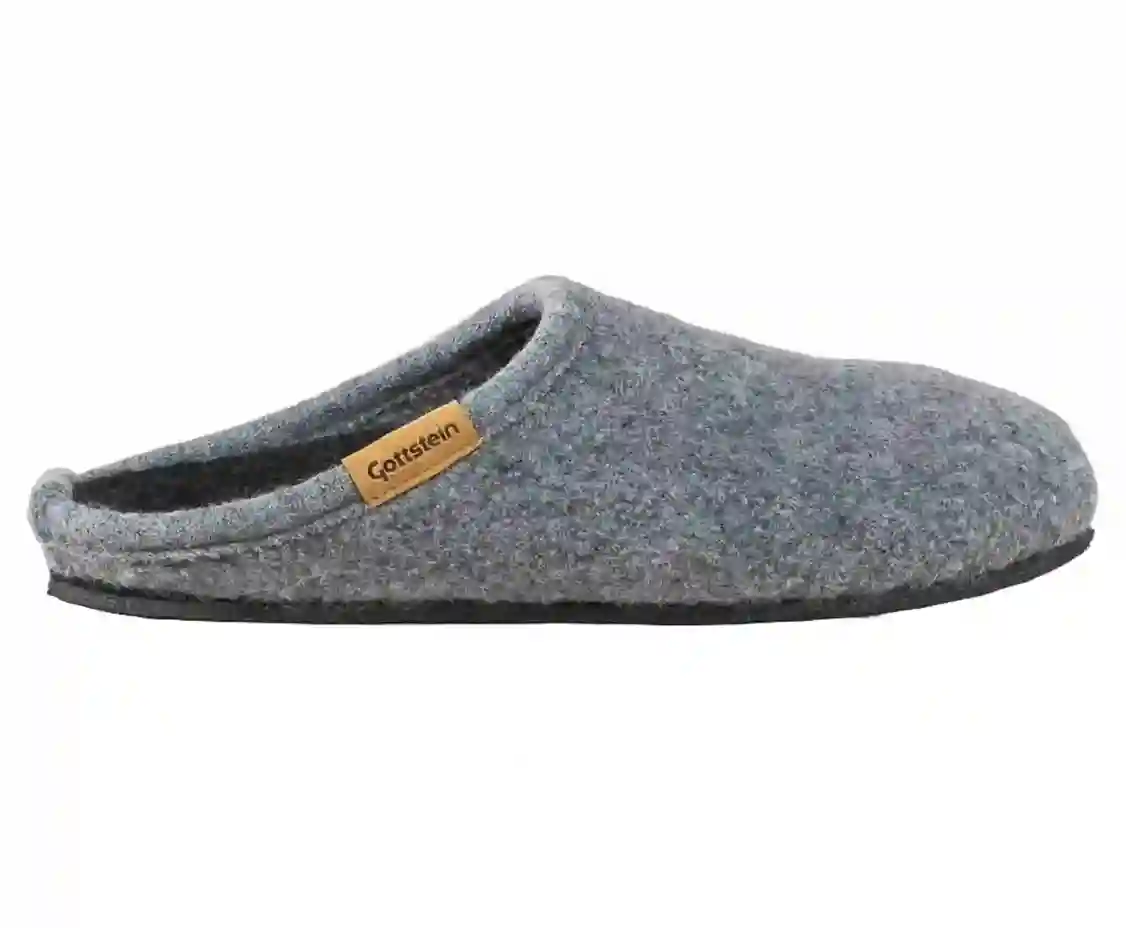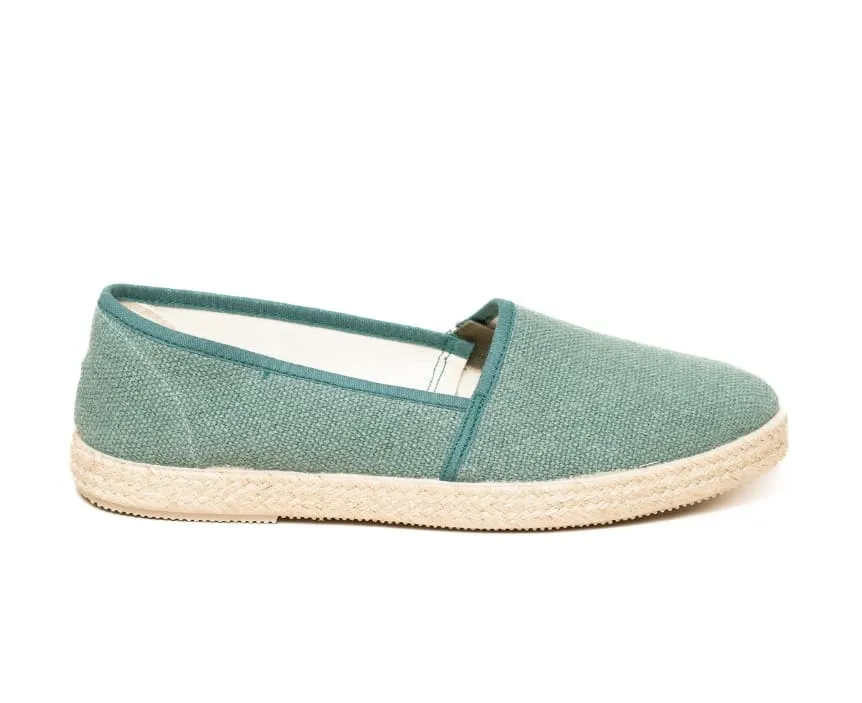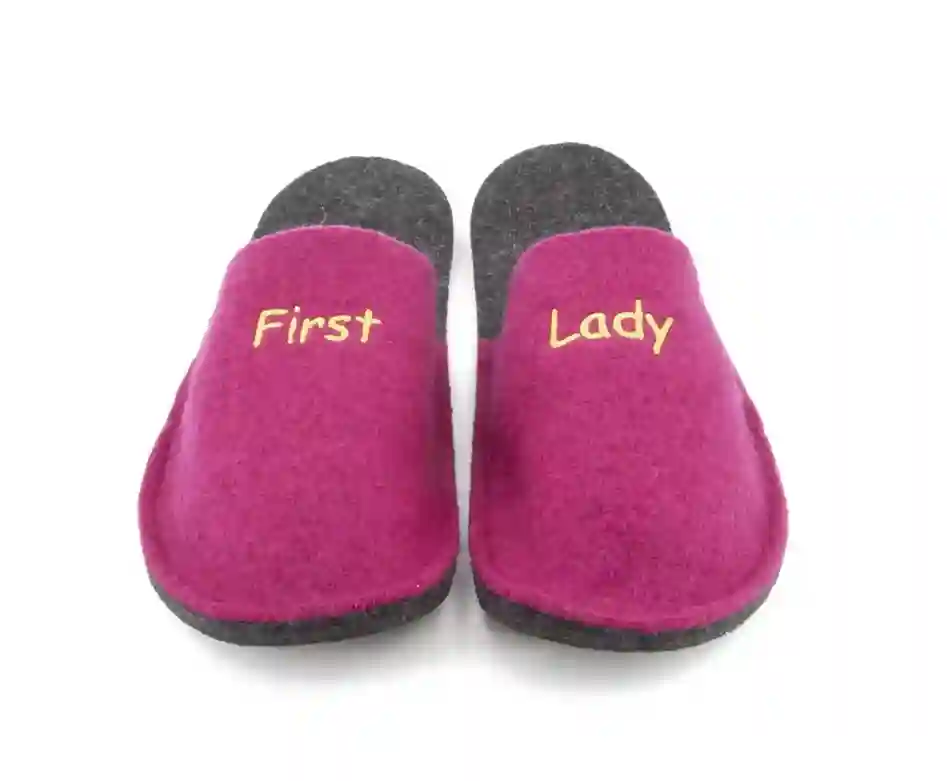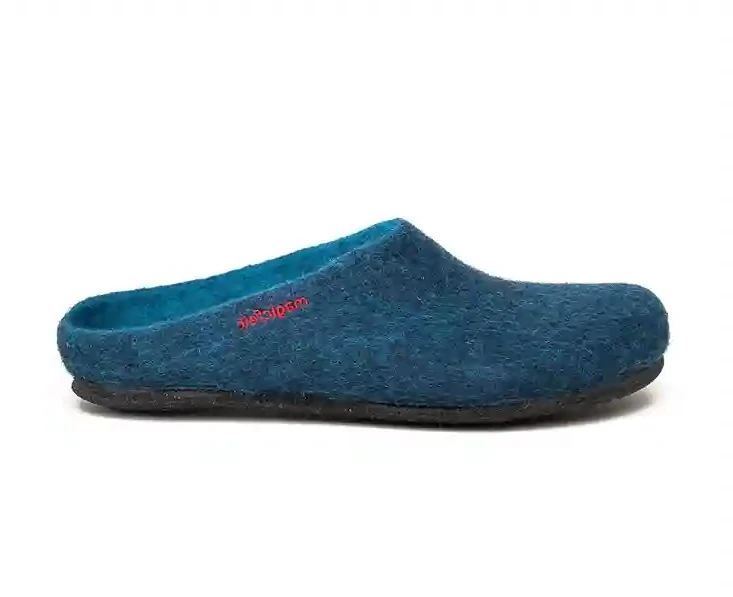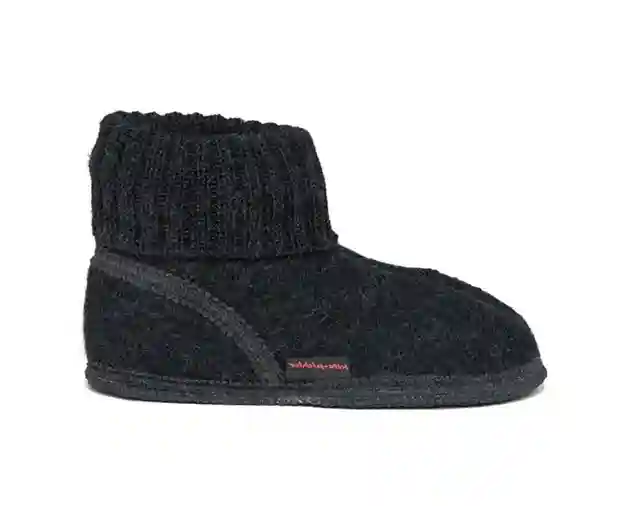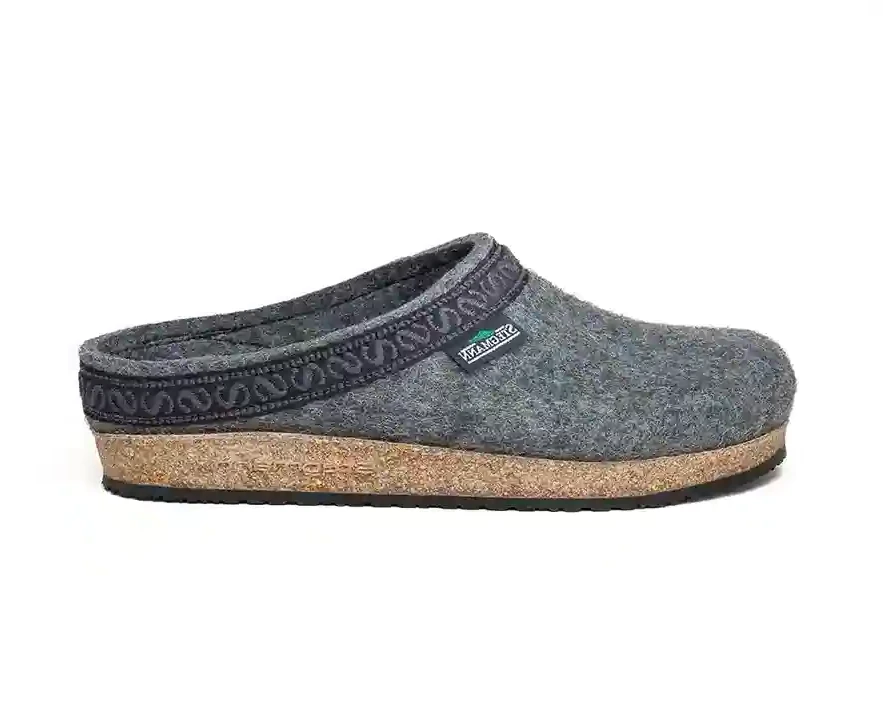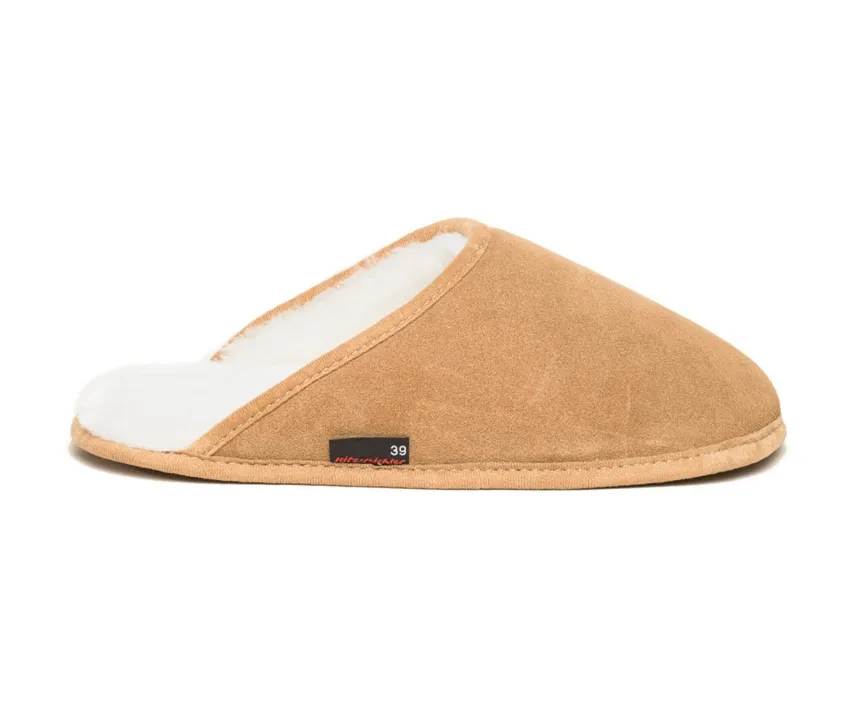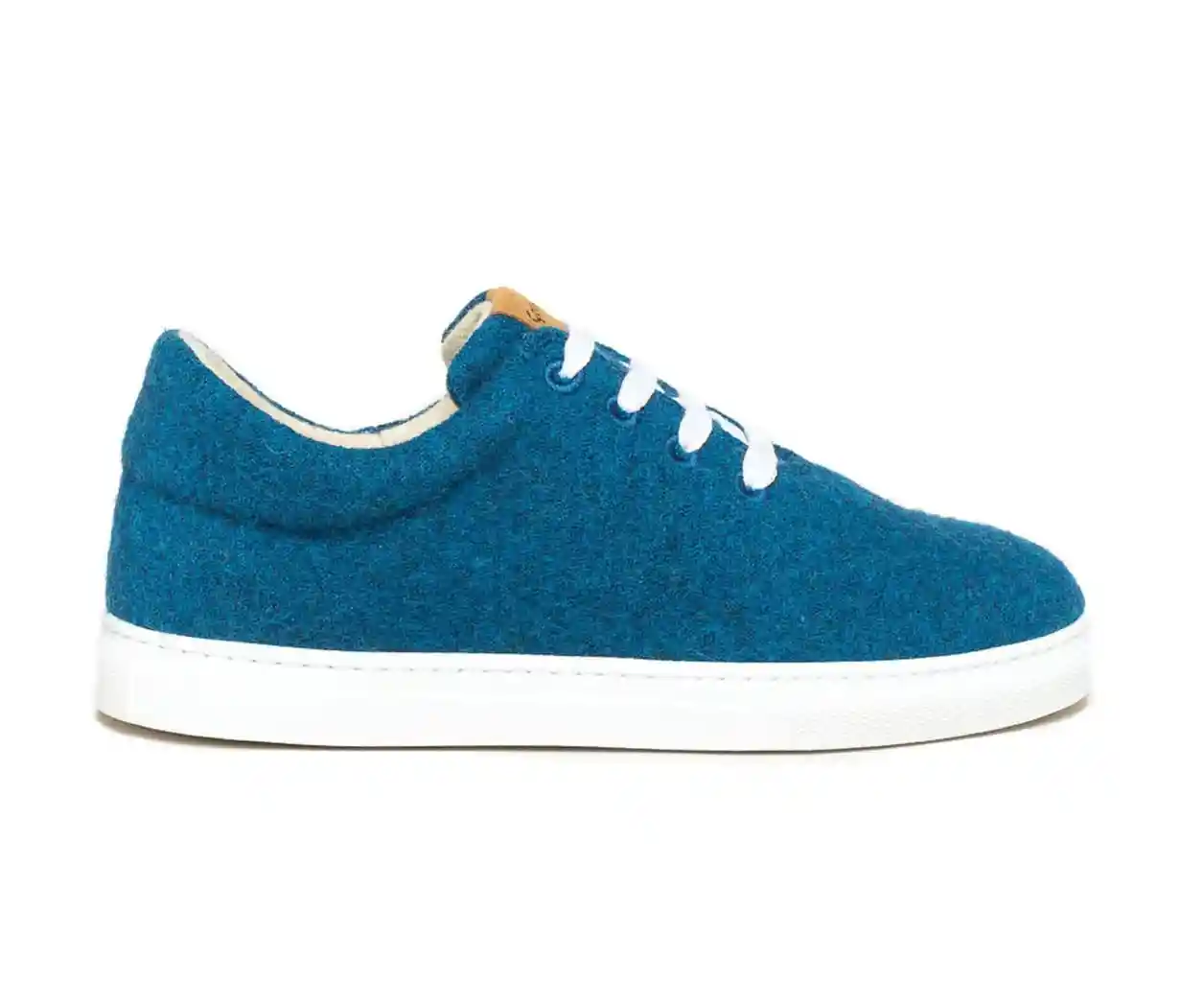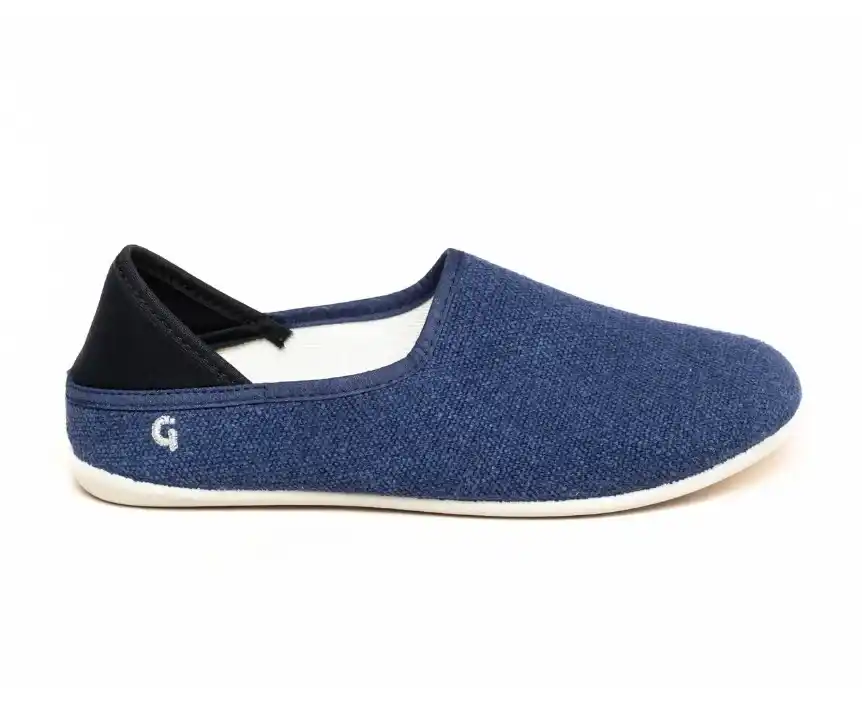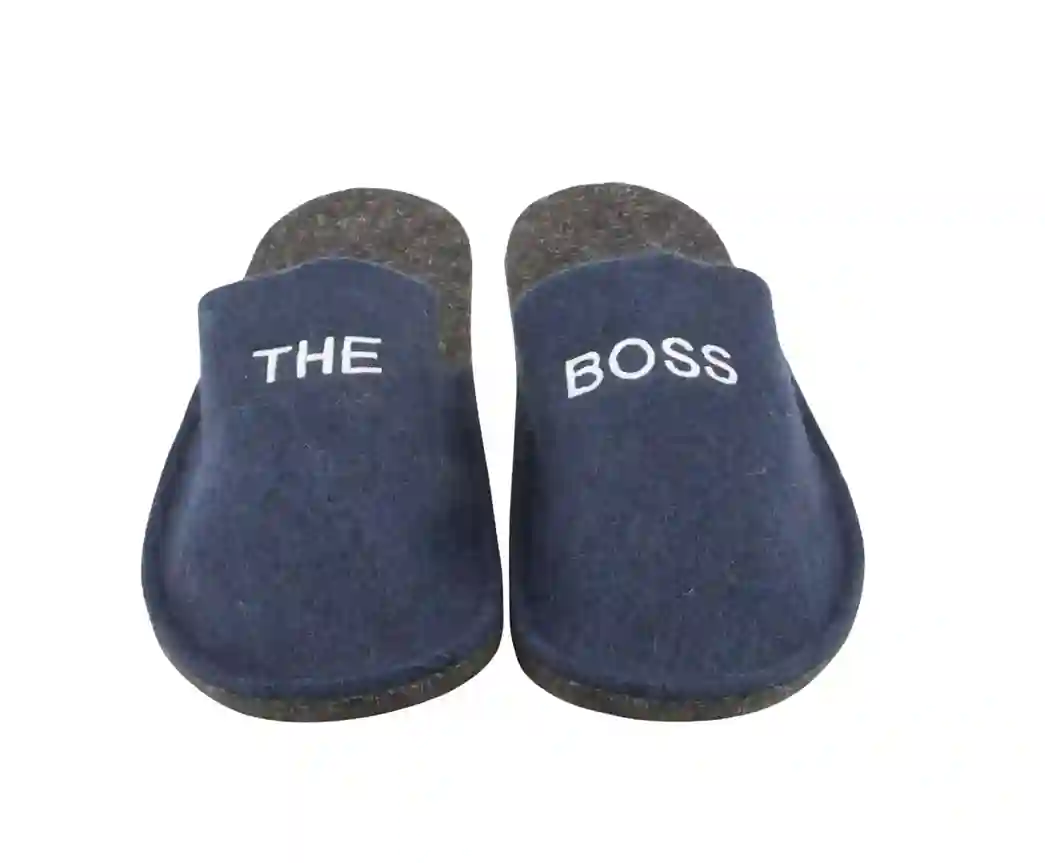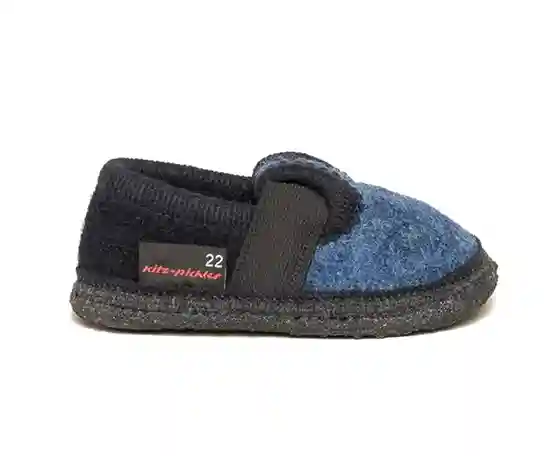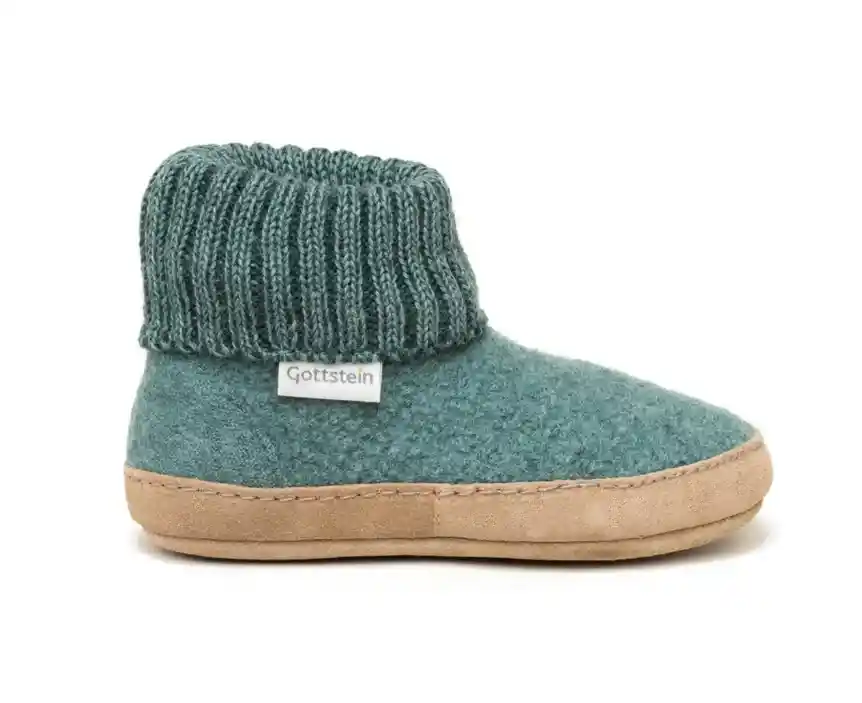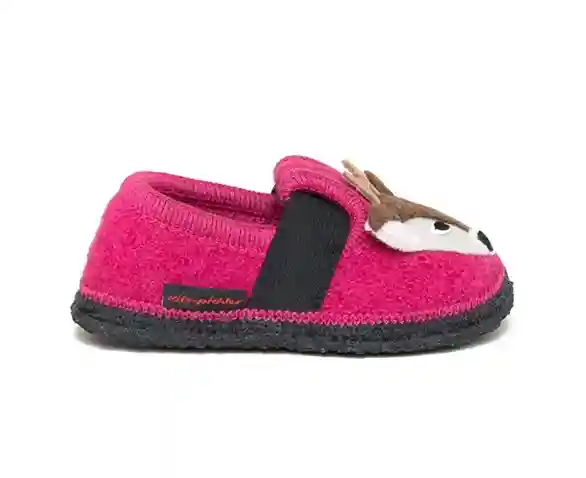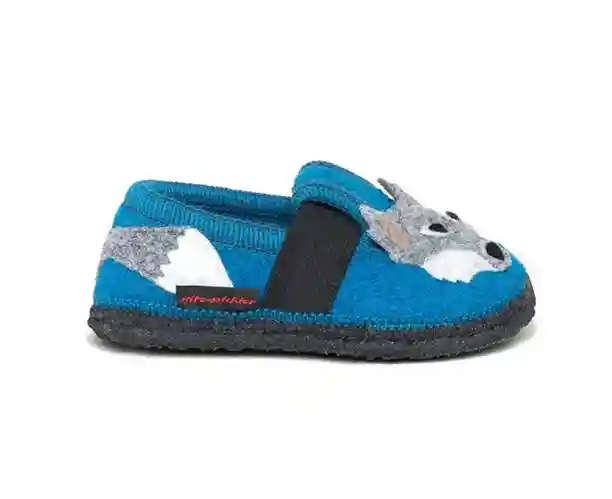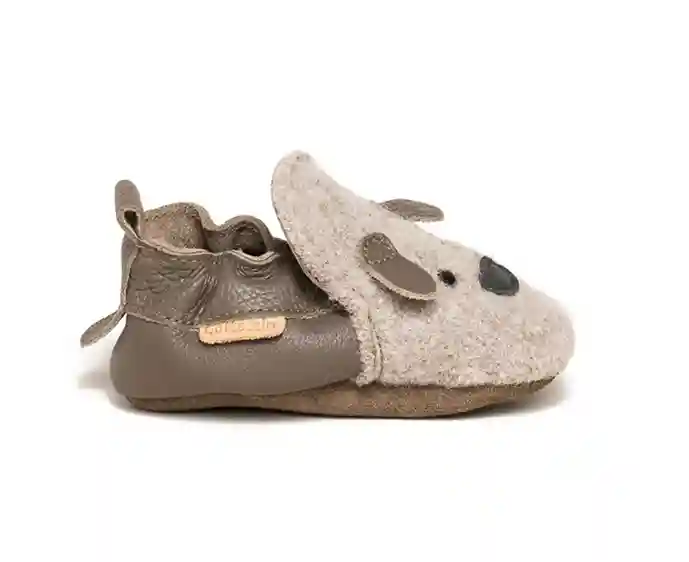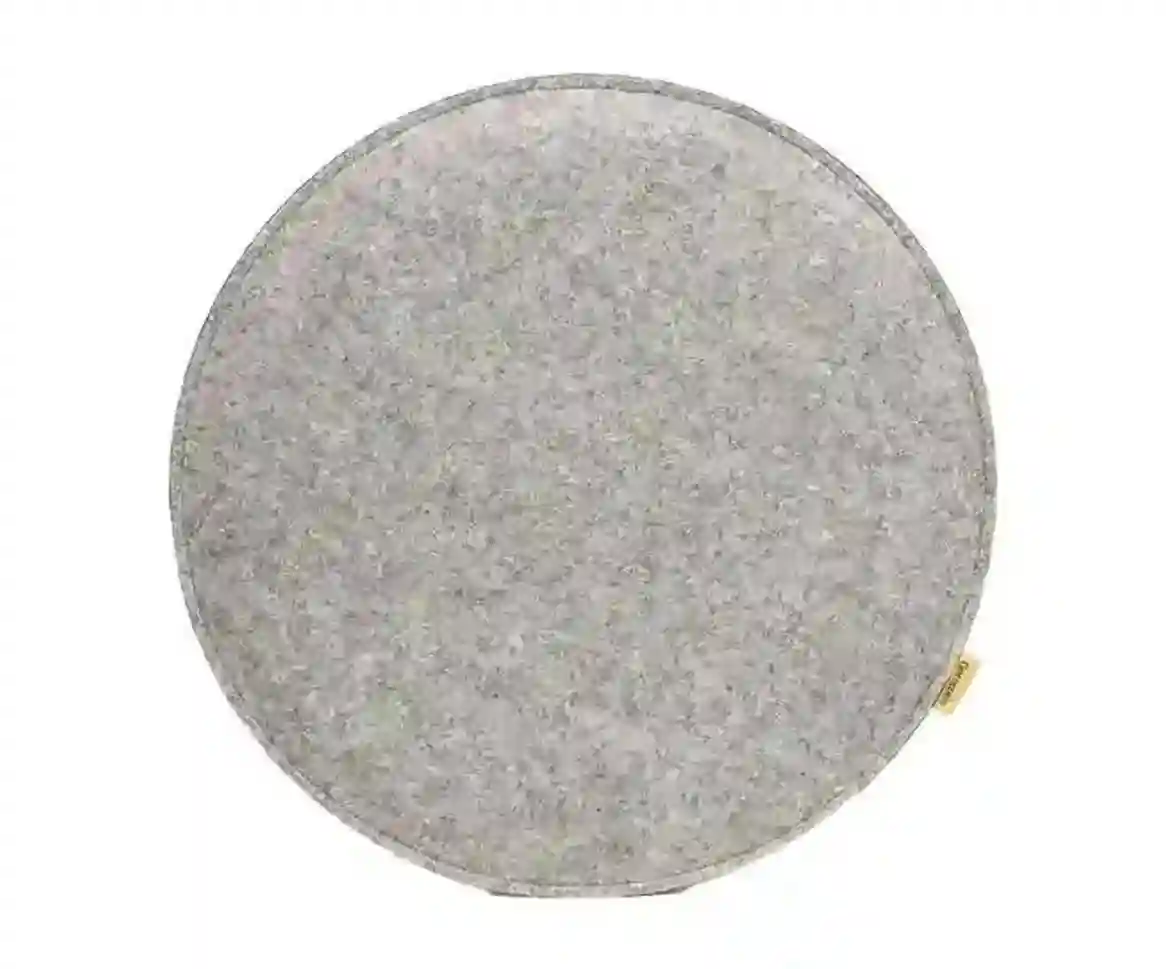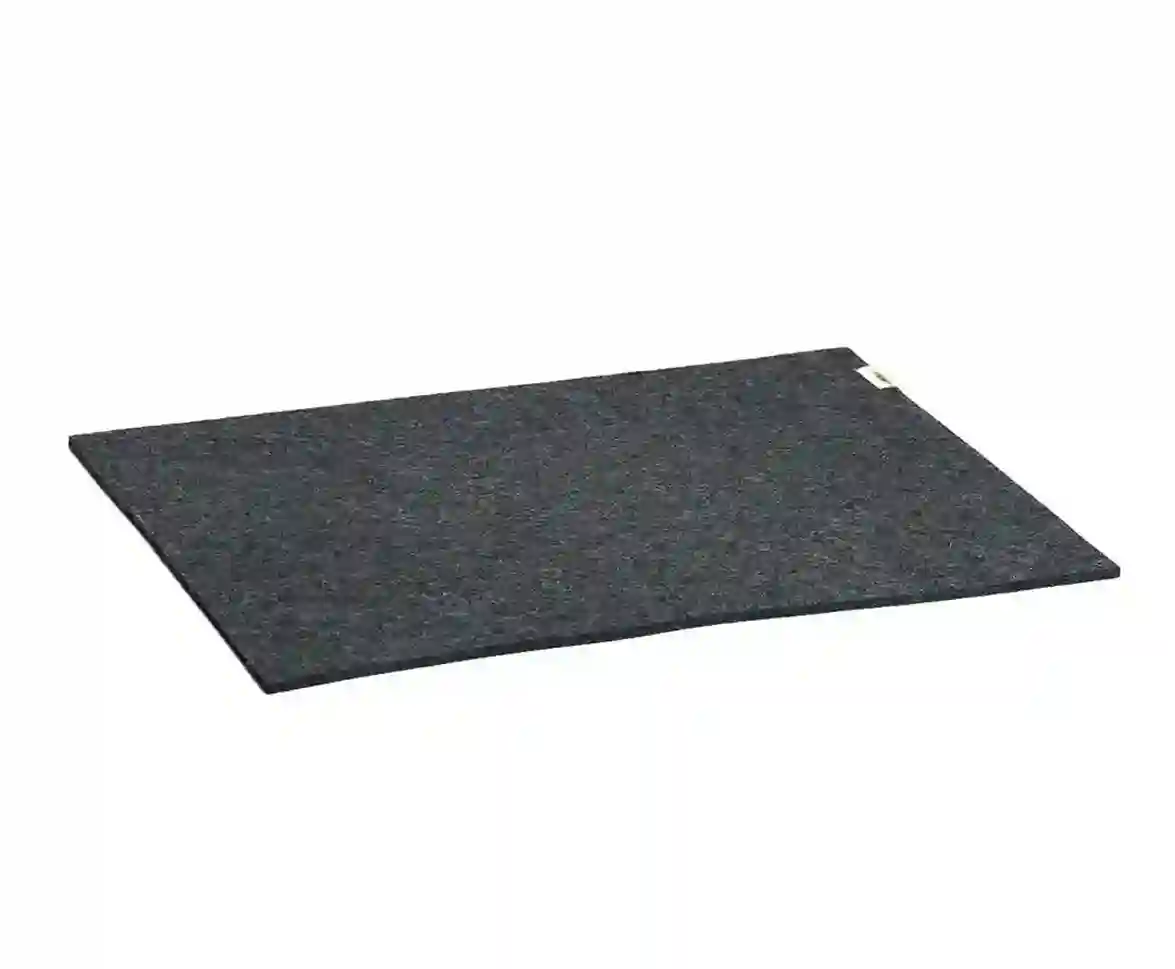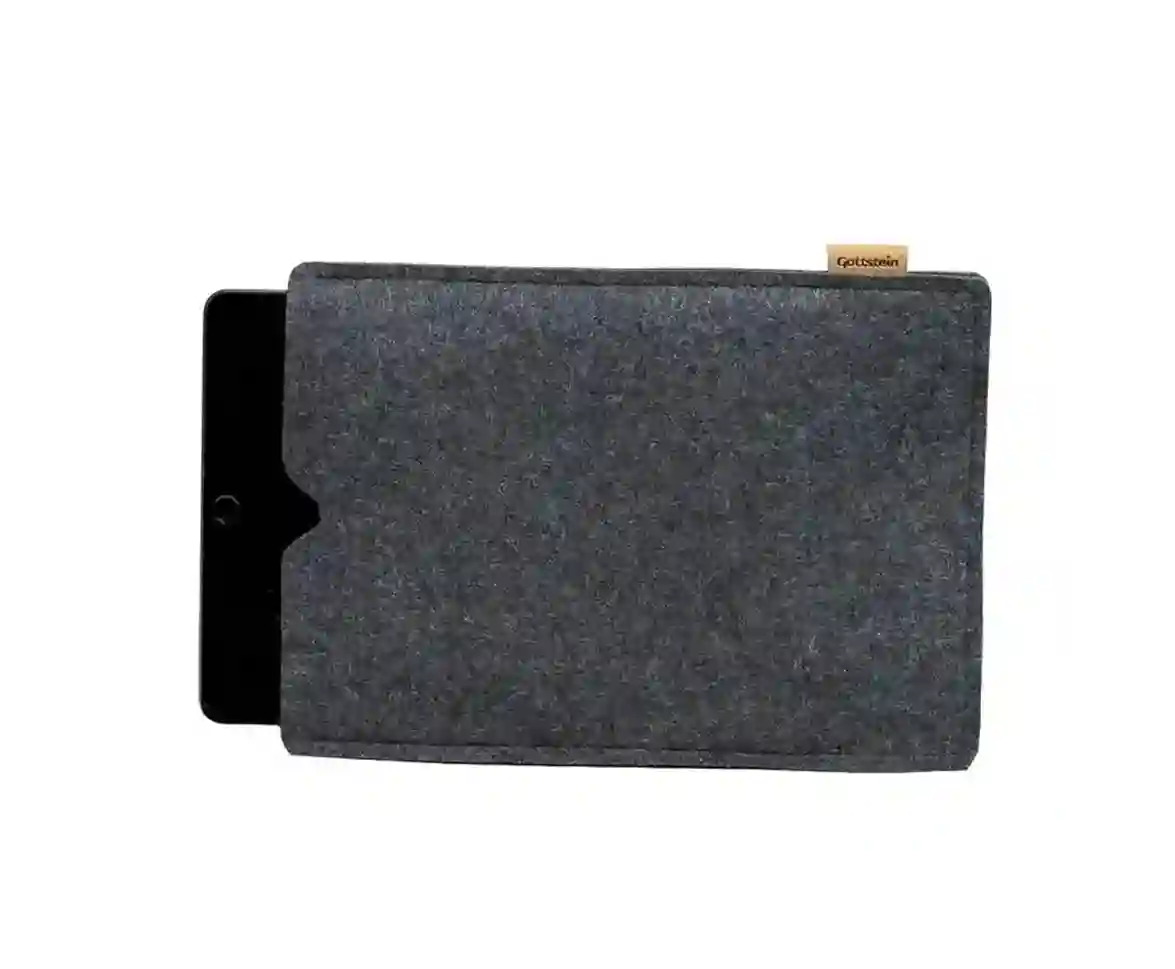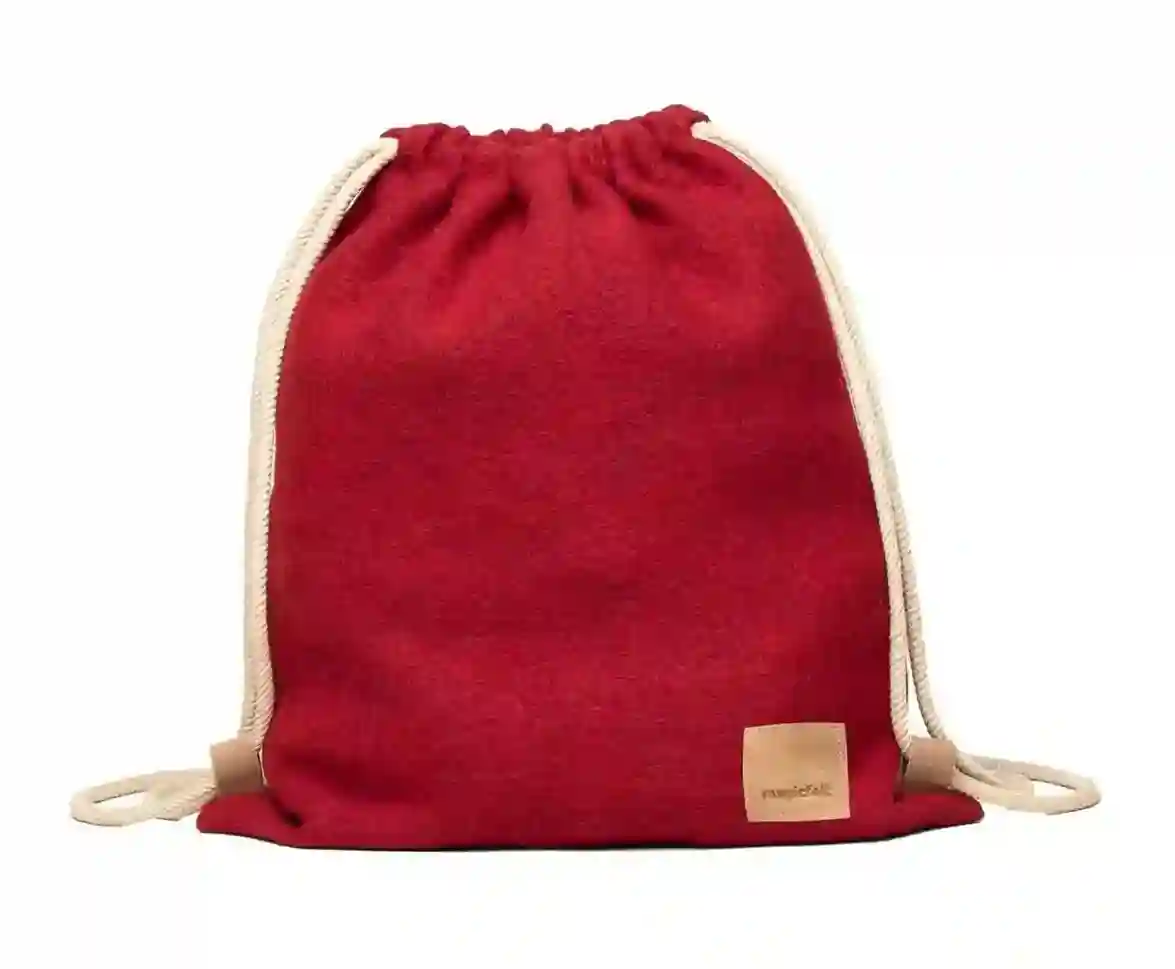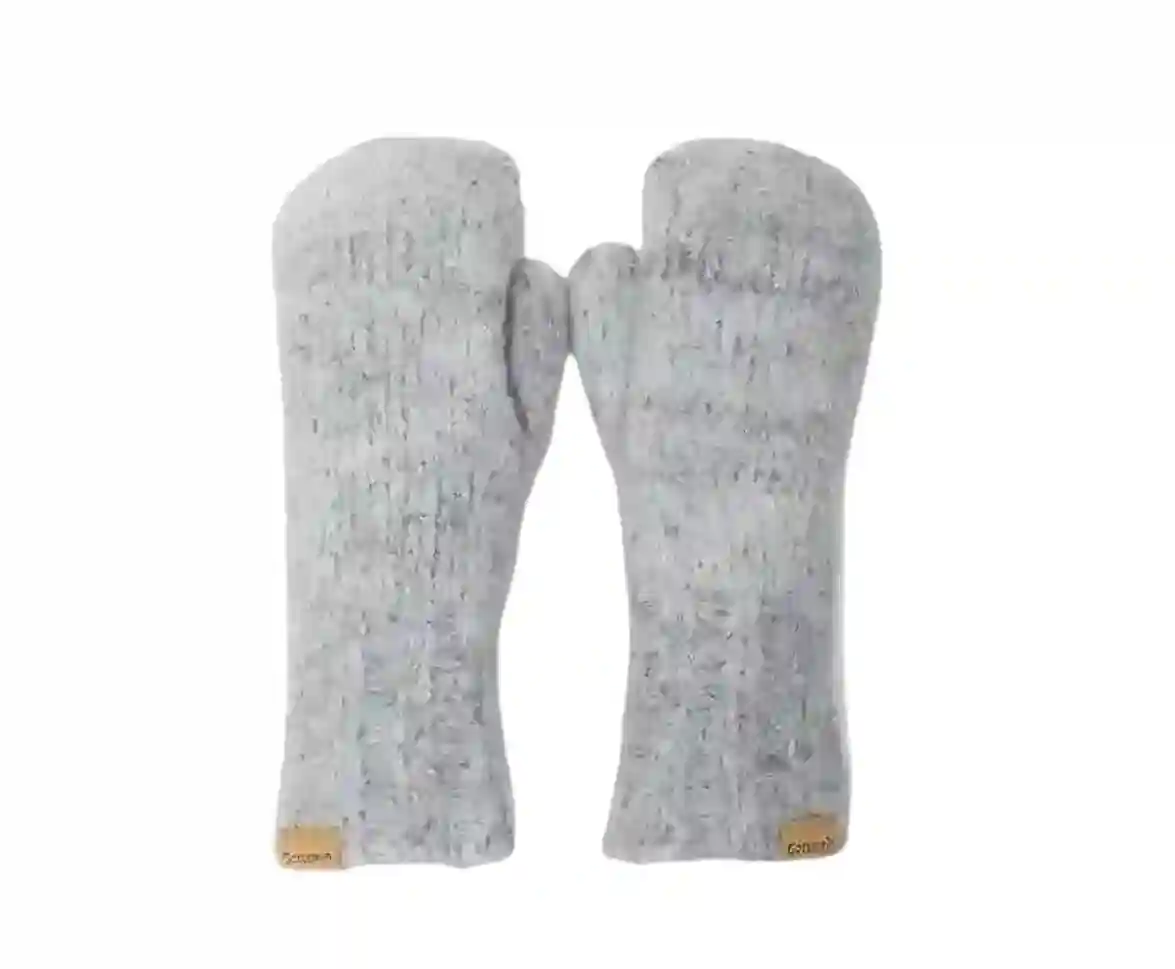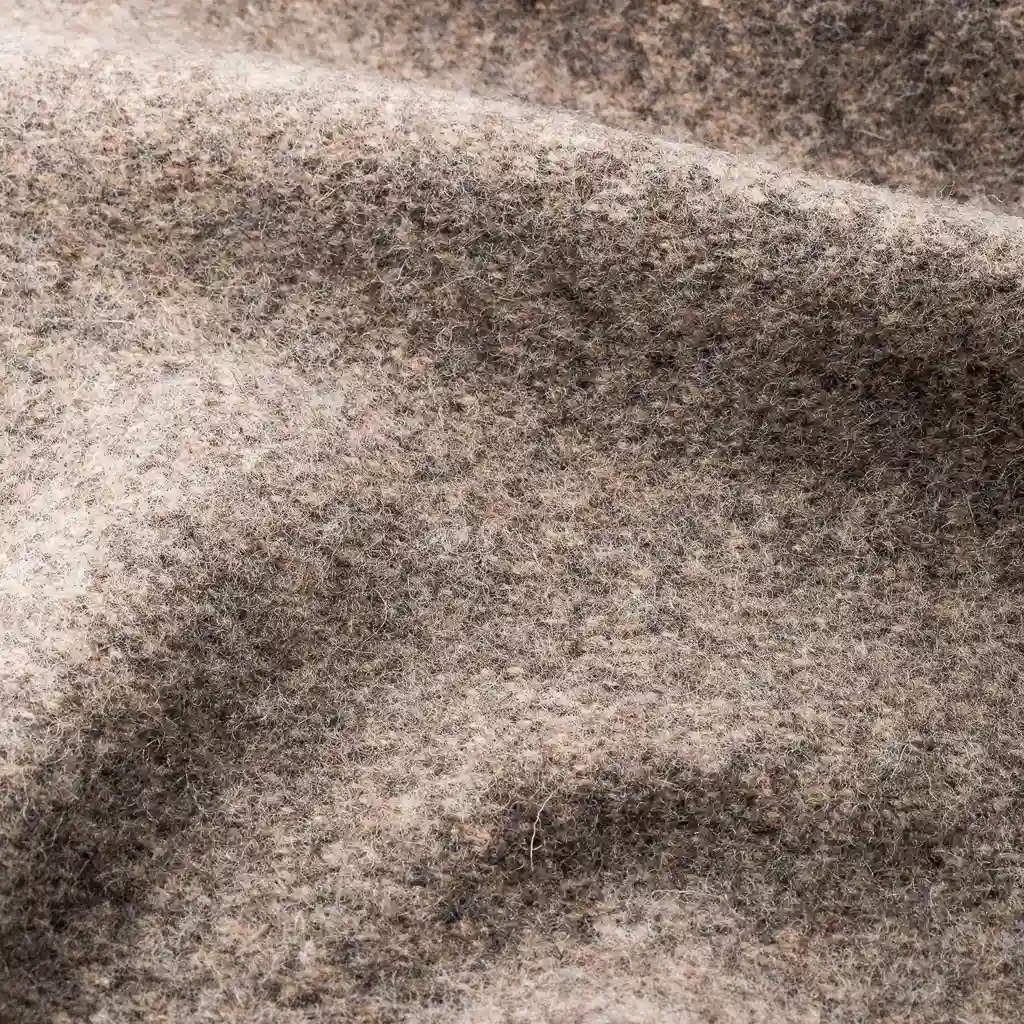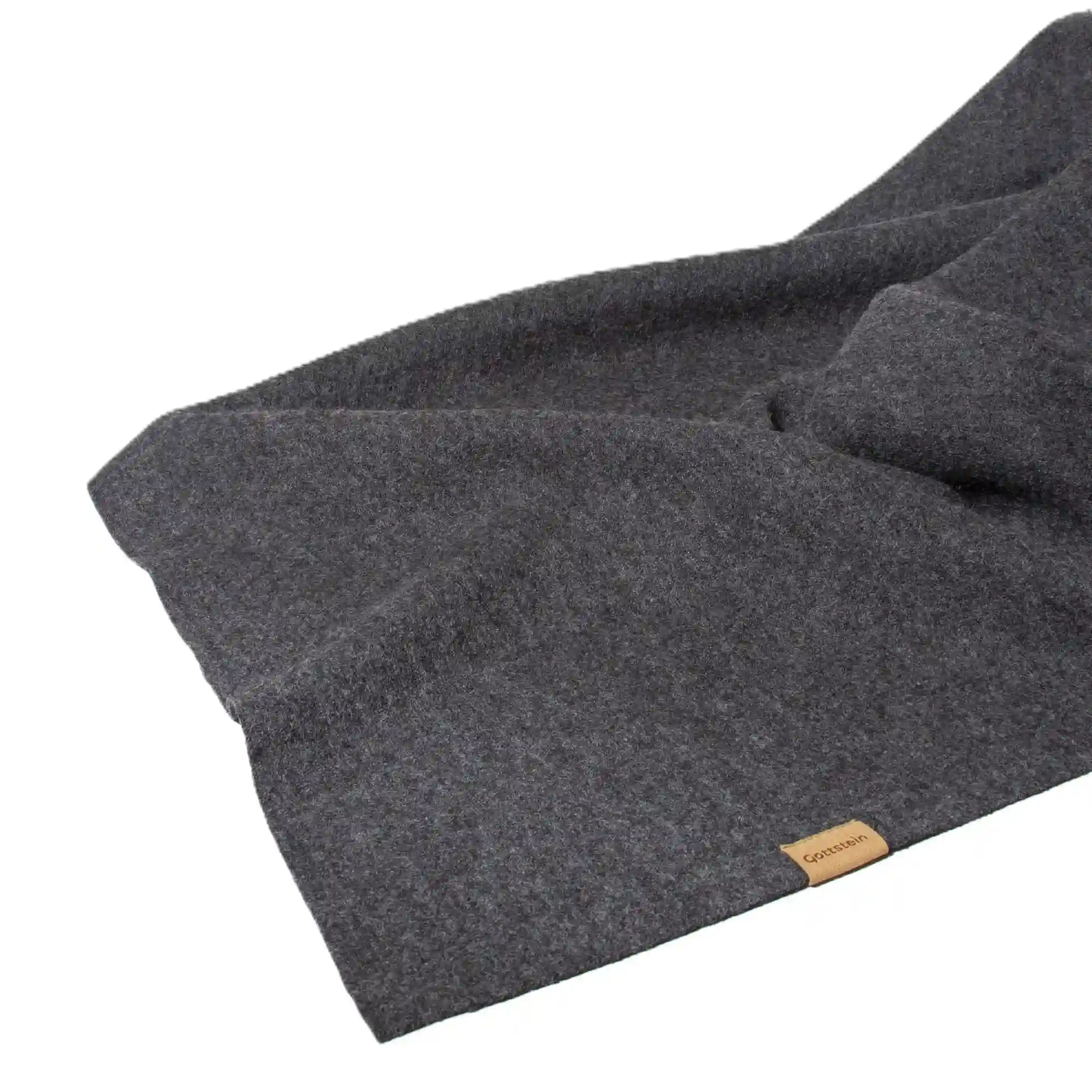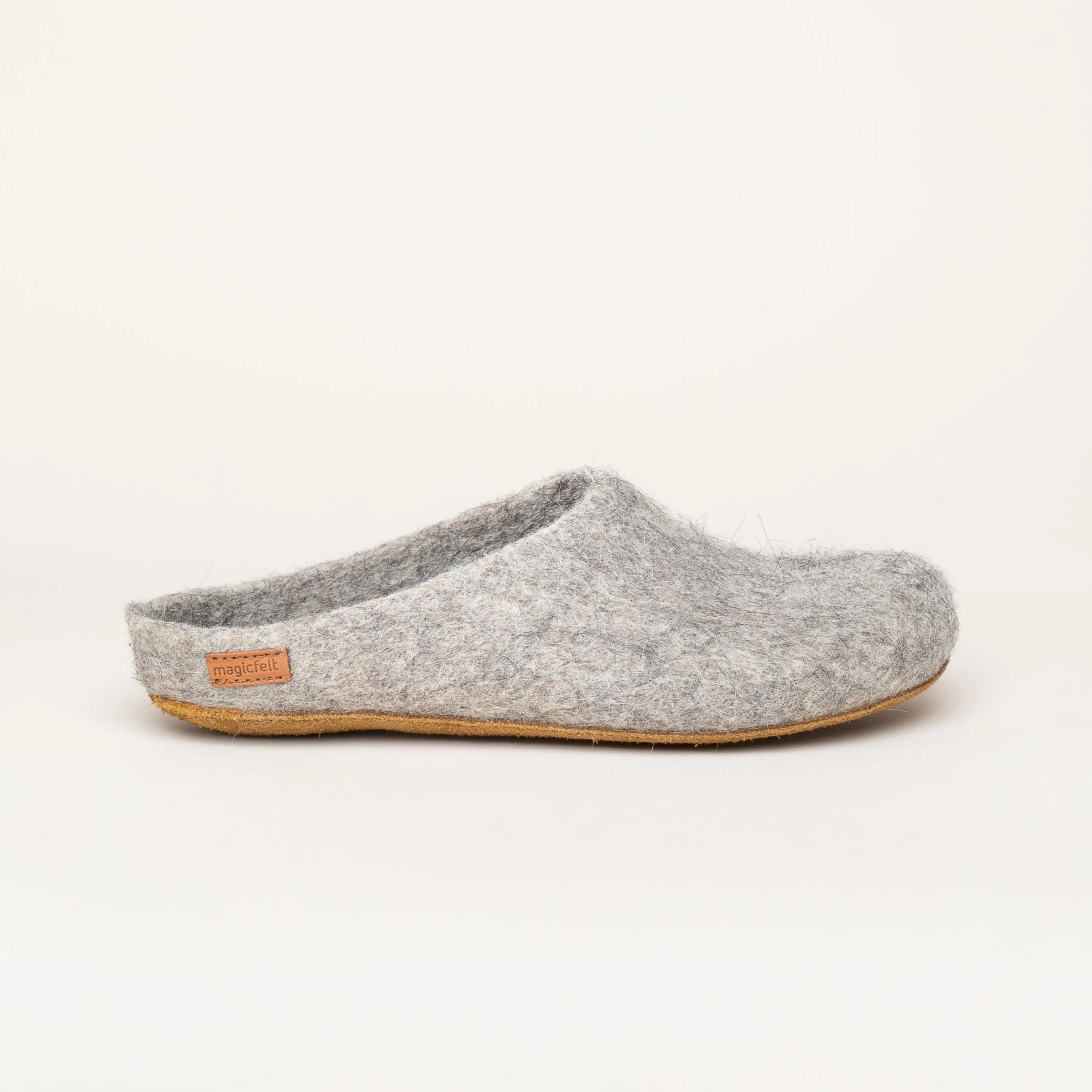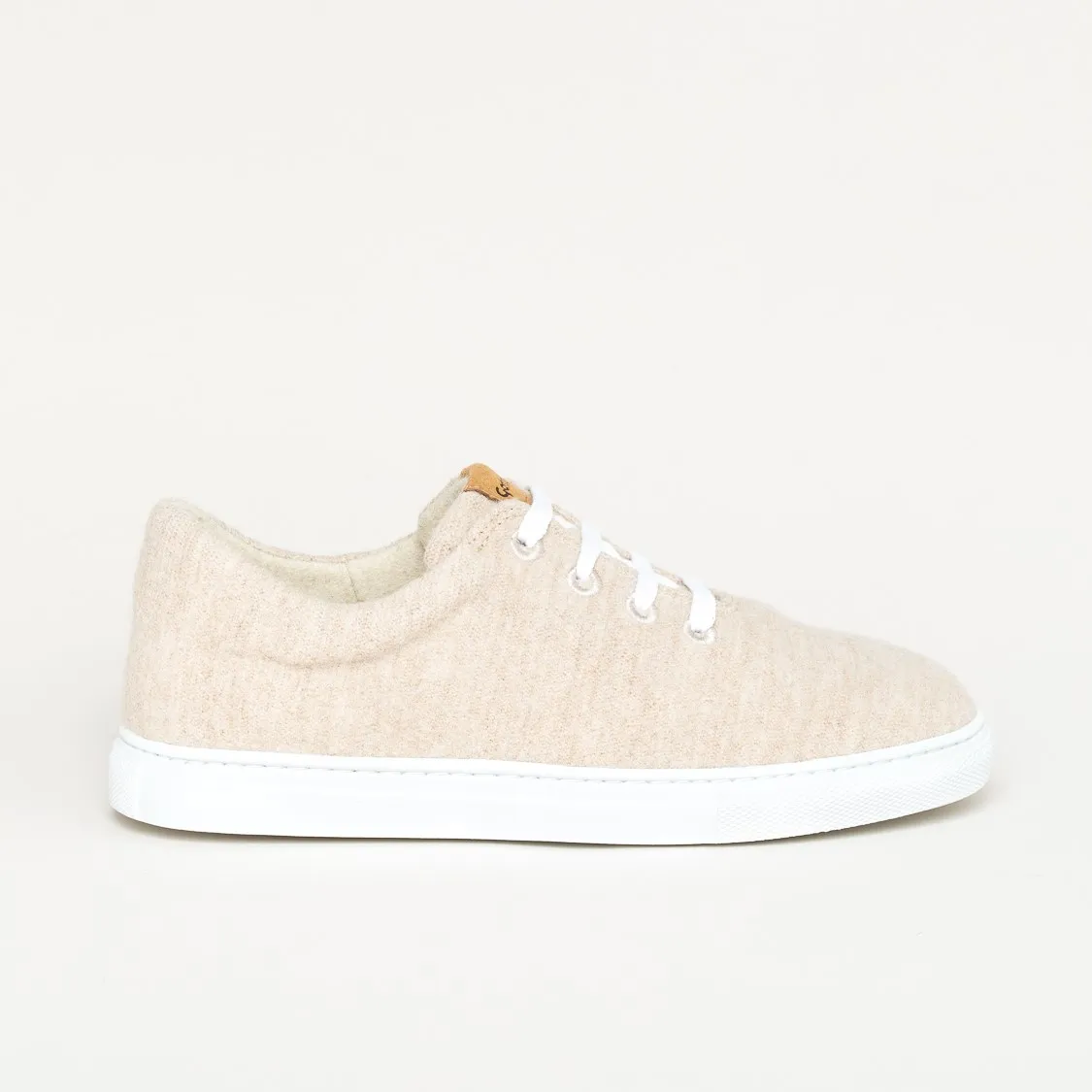The Alpaca wool
Alpacas are mainly bred for their very soft and silky-glossy wool. Alpaca wool has an exceptionally high thermal capacity. After the Spanish conquest of Peru, alpacas were considered almost extinct in the meantime.
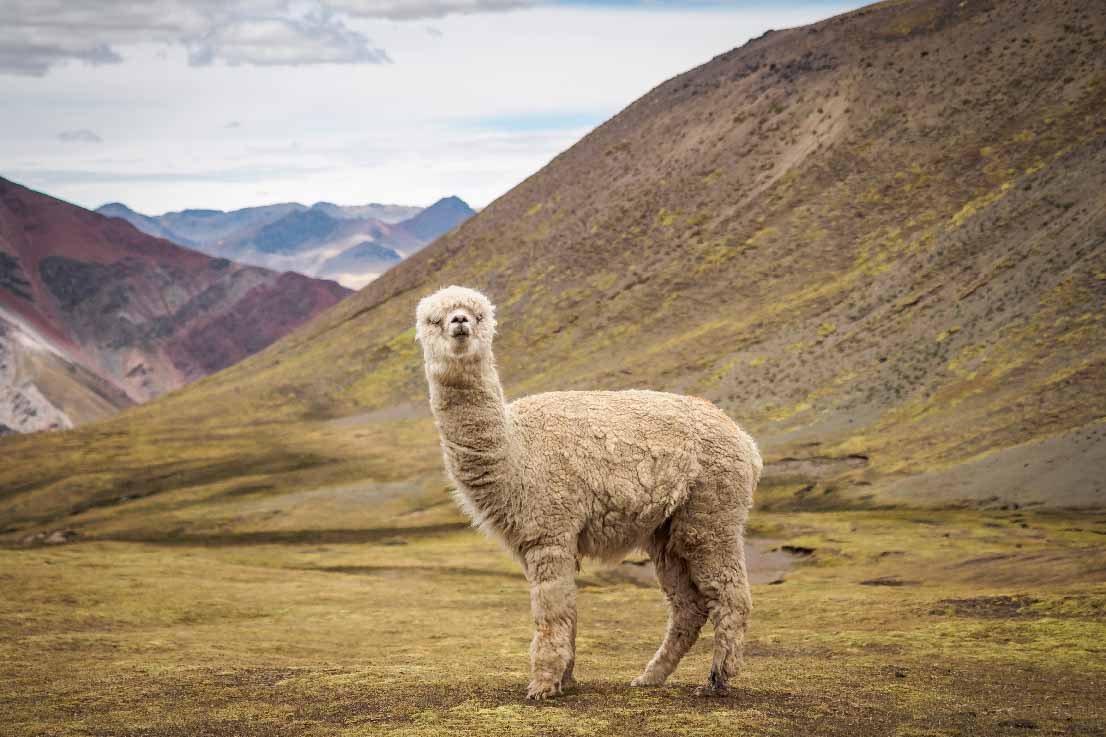
The colour of alpaca wool
Alpacas come in 16 different colours, and the colouring of alpaca wool is just as varied. The colours range from light to dark in a wide variety of natural shades. The wool is strongly crimped. Due to its highly dirt-repellent nature, alpaca wool rarely needs to be cleaned. The silky alpaca wool is very valuable. Only vicuña wool is considered more valuable and rarer than alpaca wool. Vicuñas are smaller than alpacas and their wool is among the rarest in the world.
The properties of alpaca wool
Alpaca wool is very soft and silky-glossy. Compared to sheep's wool, alpaca wool is 3-5 times warmer. The fibre is extremely strong and resilient, but still feels soft and supple. Alpaca wool has a high thermal capacity. It cools in the heat and warms in the cold. Alpaca wool is the perfect choice for allergy sufferers because it has a strong antibacterial effect. Compared to sheep's wool, alpaca wool has a lower lanolin content.
The origin of alpaca wool
Originally, alpacas come from the Andes of Peru. Alpacas were bred for their valuable wool and the Inca people saw the possession of the animals as a sign of prosperity. After the Spanish conquest of Peru, sheep populated the country and the number of alpaca herds dwindled. In the meantime, alpacas were considered almost extinct. In Peru, the population is about 4 million animals. That makes up about 80% of the world's population. Today, alpacas are also used for therapeutic purposes.
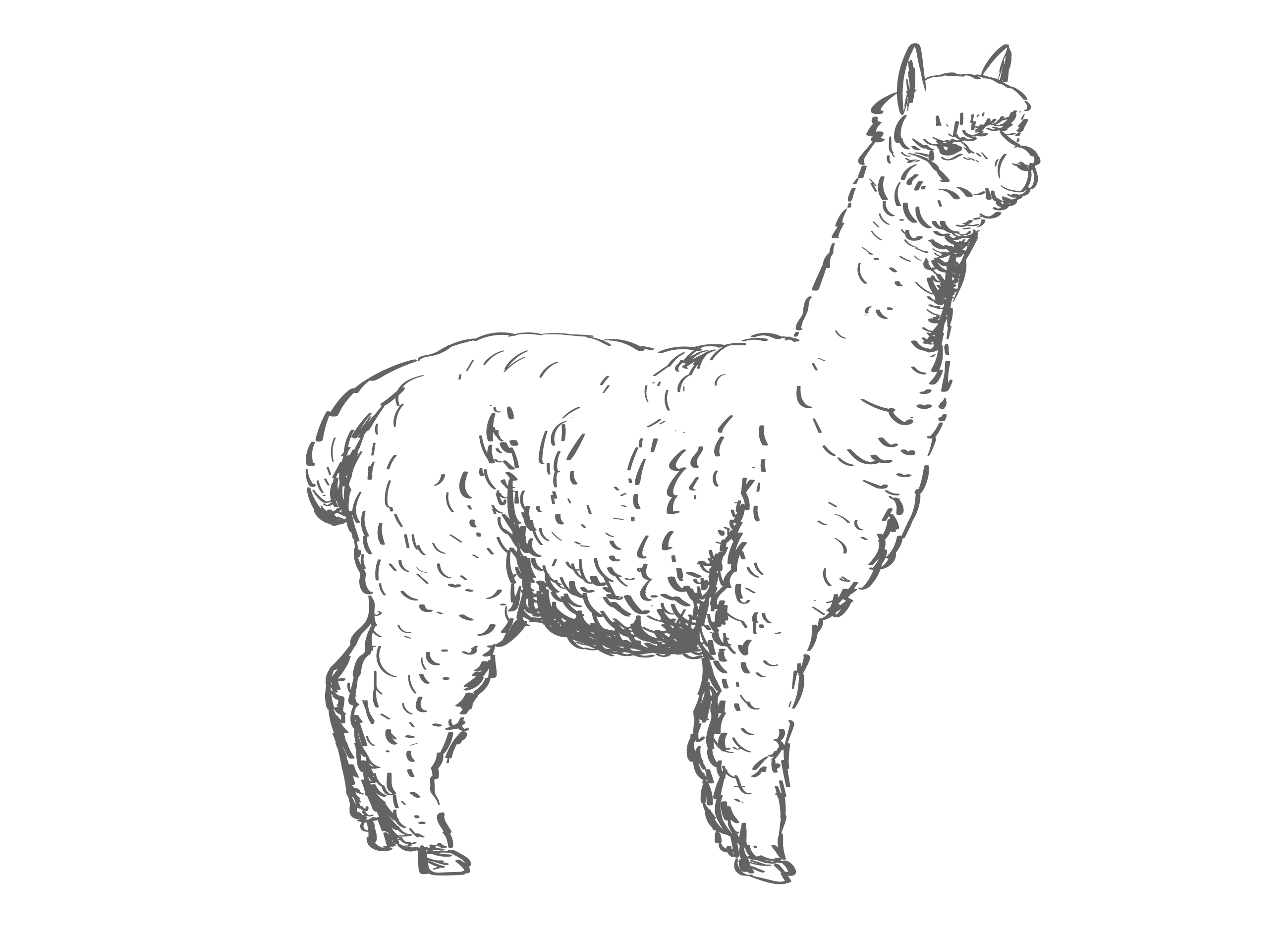
The physical characteristics of the alpaca
The alpaca is a domesticated form of the camel and belongs to the genus "New World camelids", which are mainly bred for their wool. The two alpaca types "Huacaya" and "Suri" differ in the structure of their wool fibre. The Huacaya alpaca has a fine, evenly curled fibre and some awn hairs, which should be as fine as possible. The Suri alpaca, on the other hand, has slightly curly, long strands that hang down from the animal. Alpacas come in 16 different colours. They are sheared once a year before summer and produce a very valuable wool yield of 3-4 kg.
